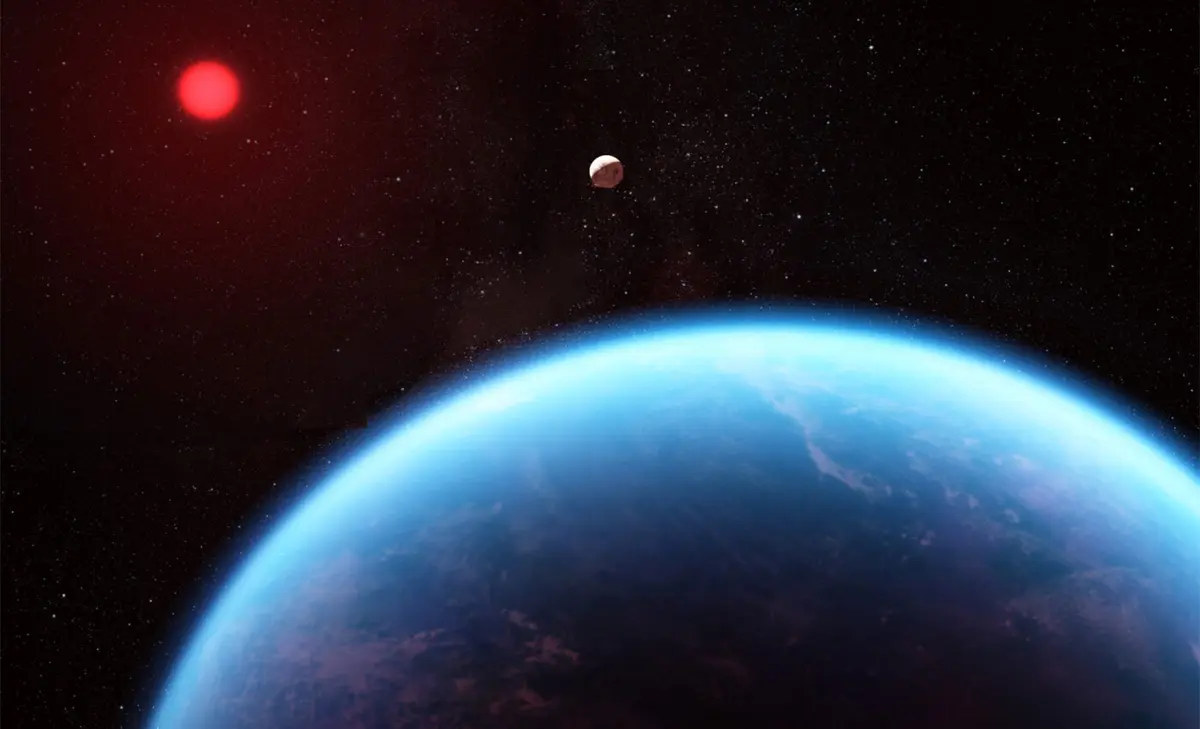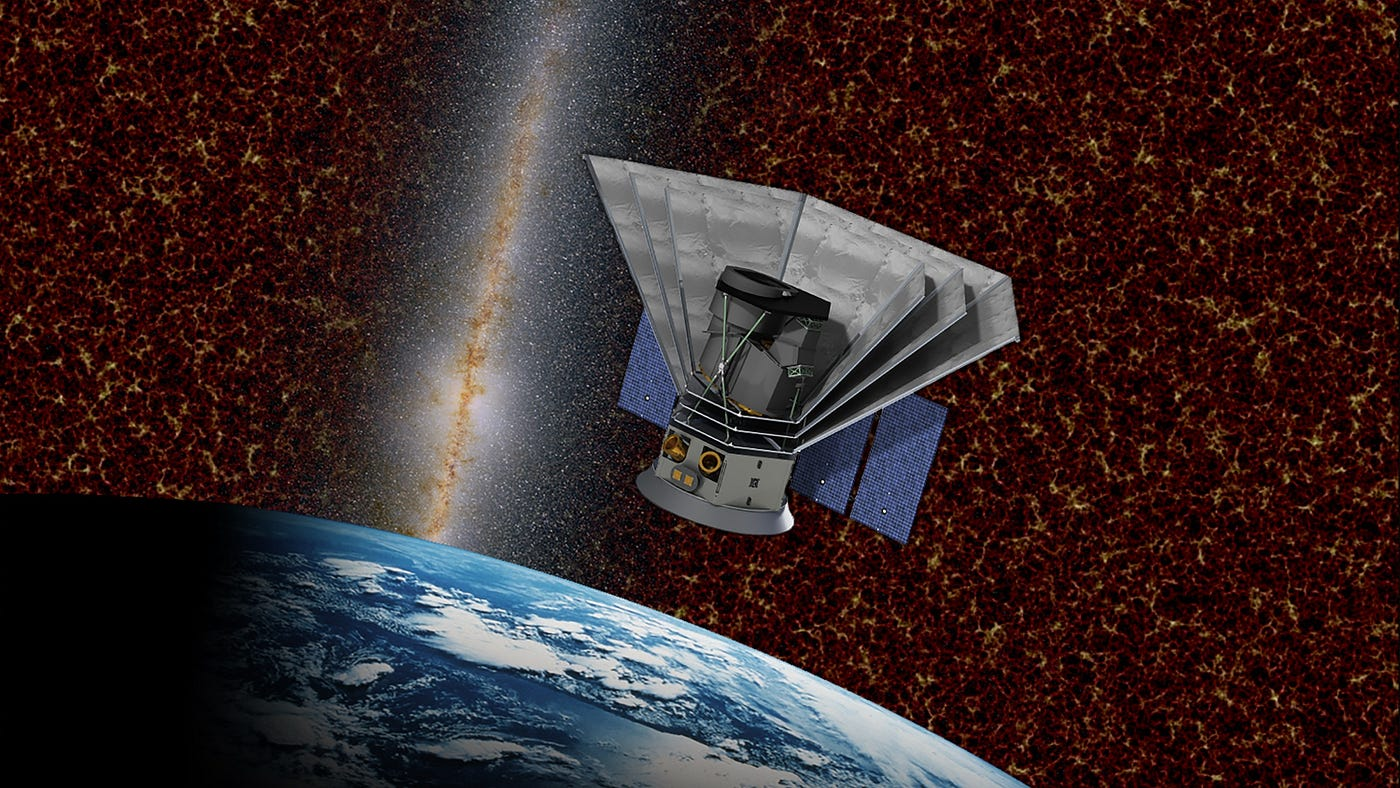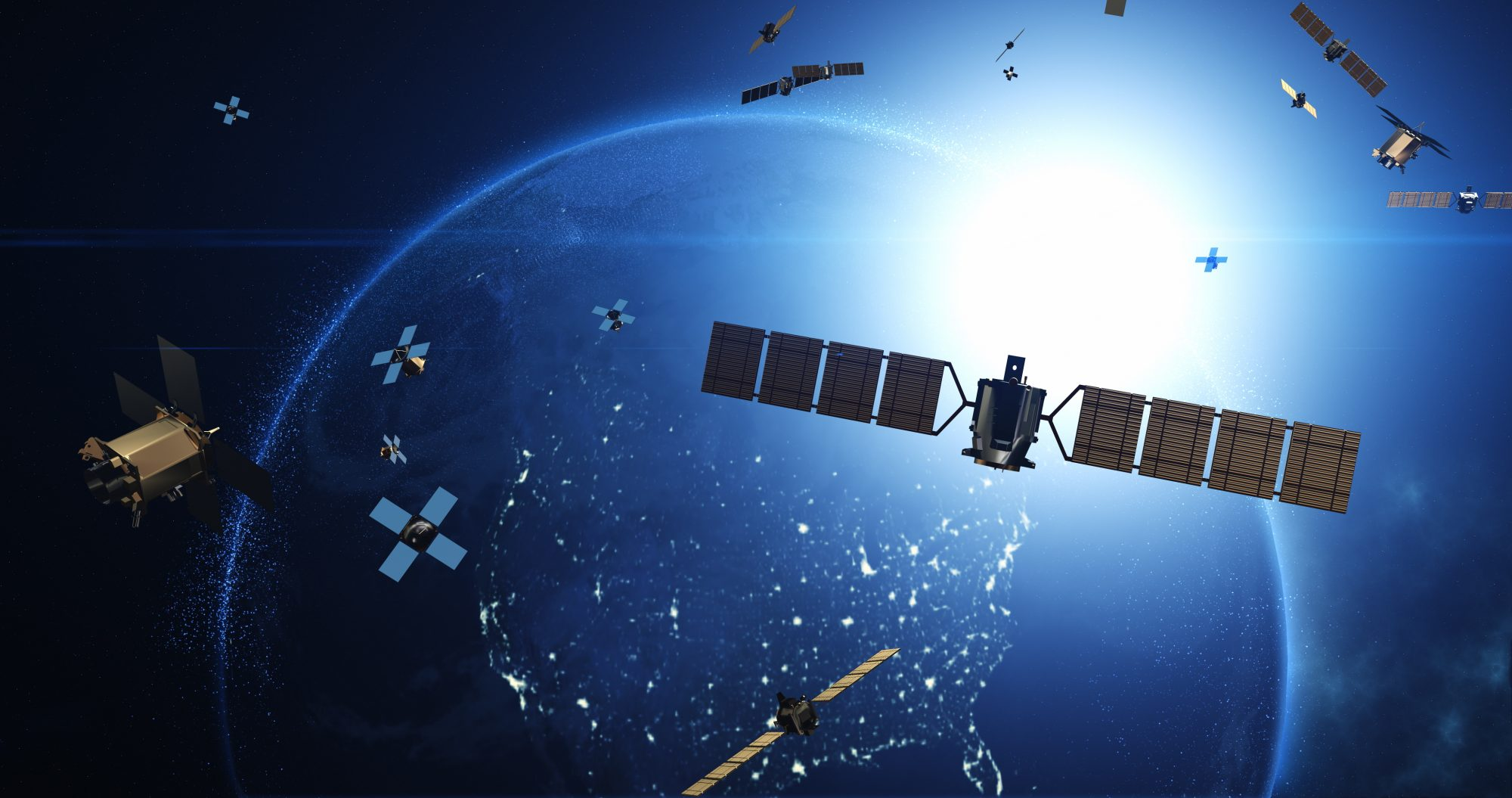Discovered by NASA’s Kepler mission, K2-18b is an exoplanet located about 120 light-years away in the constellation Leo. What makes it truly fascinating is its placement within the habitable zone of its star—where conditions may support liquid water. As a science writer with a background in planetary studies, I’ve followed K2-18b’s research closely. In 2019, scientists detected water vapor in its atmosphere, fueling speculation that it may harbor life-supporting conditions.
Astrophysicists emphasize that K2-18b is a “Hycean” planet—a world possibly covered in oceans with a hydrogen-rich atmosphere. This sets it apart from Earth-like planets and suggests a new class of habitable environments. In 2023, the James Webb Space Telescope provided further insights by detecting potential biosignature gases, such as dimethyl sulfide (DMS), which on Earth is only produced by life.
While we are far from confirming extraterrestrial life, K2-18b stands out as a prime candidate in the search for habitability beyond Earth. Ongoing research from leading institutions ensures credible findings, making K2-18b a focal point for astronomers and space agencies alike. As our tools and methods evolve, so too does our understanding of life’s potential in the cosmos.







